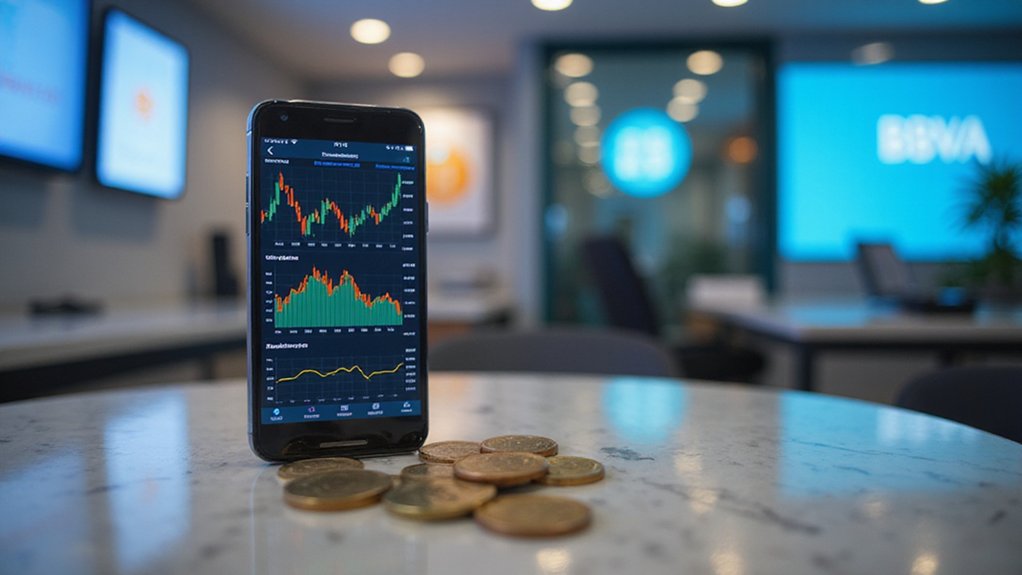While the mortgage industry has traditionally treated cryptocurrency with the same enthusiasm a cardiologist reserves for saturated fat, the Federal Housing Finance Agency delivered a seismic shift on June 25, 2025, directing Fannie Mae and Freddie Mac to prepare proposals that would allow cryptocurrency held on U.S.-regulated exchanges to count as reserve assets in mortgage risk assessments—without the customary conversion to dollars that has long relegated digital currencies to the financial equivalent of Monopoly money.
FHFA Director William J. Pulte positioned this directive as essential for maintaining America’s leadership in both crypto adoption and housing finance innovation, though one might wonder if combining two of the economy’s most volatile sectors represents leadership or elaborate financial choreography. The policy treats cryptocurrency alongside traditional assets like cash, bonds, and publicly traded securities—a remarkable elevation for digital currencies that many institutional investors still approach with hazmat suits and rosary beads.
The implementation requires risk-adjusted valuations discounting cryptocurrency market values by 20-30% to account for volatility, because apparently even revolutionary financial policies need training wheels. This methodology demands thorough borrower asset documentation, including crypto holdings verified through regulated exchanges, digital asset ledger verification, and tax cost basis calculations—transforming mortgage applications from straightforward paperwork into archaeological expeditions through blockchain history.
Younger borrowers, who increasingly hold cryptocurrency assets, stand to benefit most from this integration, potentially expanding homeownership access for demographics that have accumulated wealth in digital currencies while traditional assets remained frustratingly expensive. The demographic shift toward crypto-savvy borrowers represents a fundamental evolution in mortgage underwriting requirements and borrower profiling strategies.
Mortgage professionals and accountants must now master digital asset analysis alongside conventional underwriting, creating competitive advantages for early adopters while leaving traditionalists scrambling to decode wallet addresses and mining rewards. Both Fannie Mae and Freddie Mac currently guarantee approximately half of the $12 trillion U.S. home loan market, making this policy shift particularly significant for overall housing finance stability.
The broader implications extend beyond individual borrowing capacity to fundamental mortgage market dynamics. Crypto assets could diversify reserve pools supporting lending liquidity, though whether this diversification represents prudent risk management or elaborate financial engineering remains an open question. Mining remains profitable for borrowers with optimized setups, potentially improving cryptocurrency profitability and strengthening their asset positions for mortgage applications.
Traditional lenders and fintech companies face software overhauls to accommodate crypto inclusion, while finance teams must revise balance sheet frameworks to properly recognize and value digital assets—ensuring that this regulatory milestone doesn’t become an accounting nightmare wrapped in innovation rhetoric.









